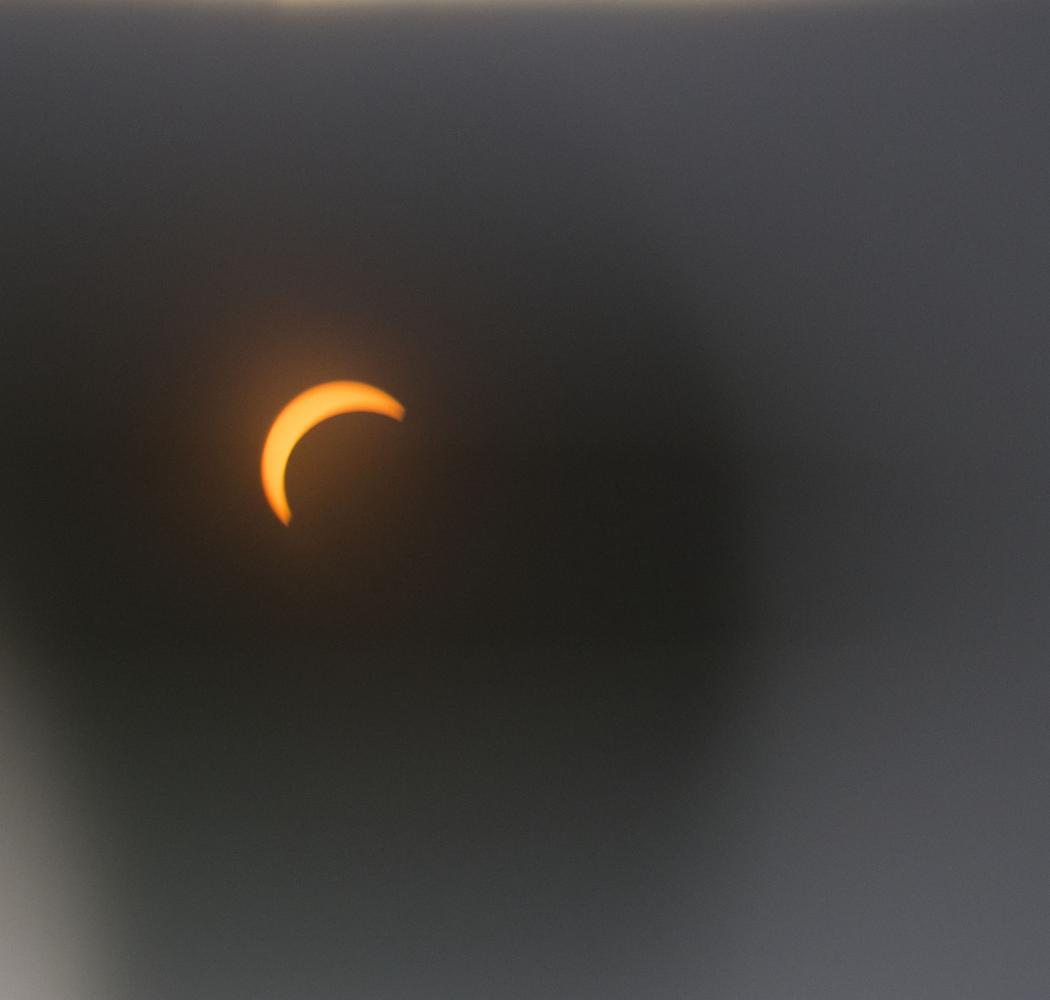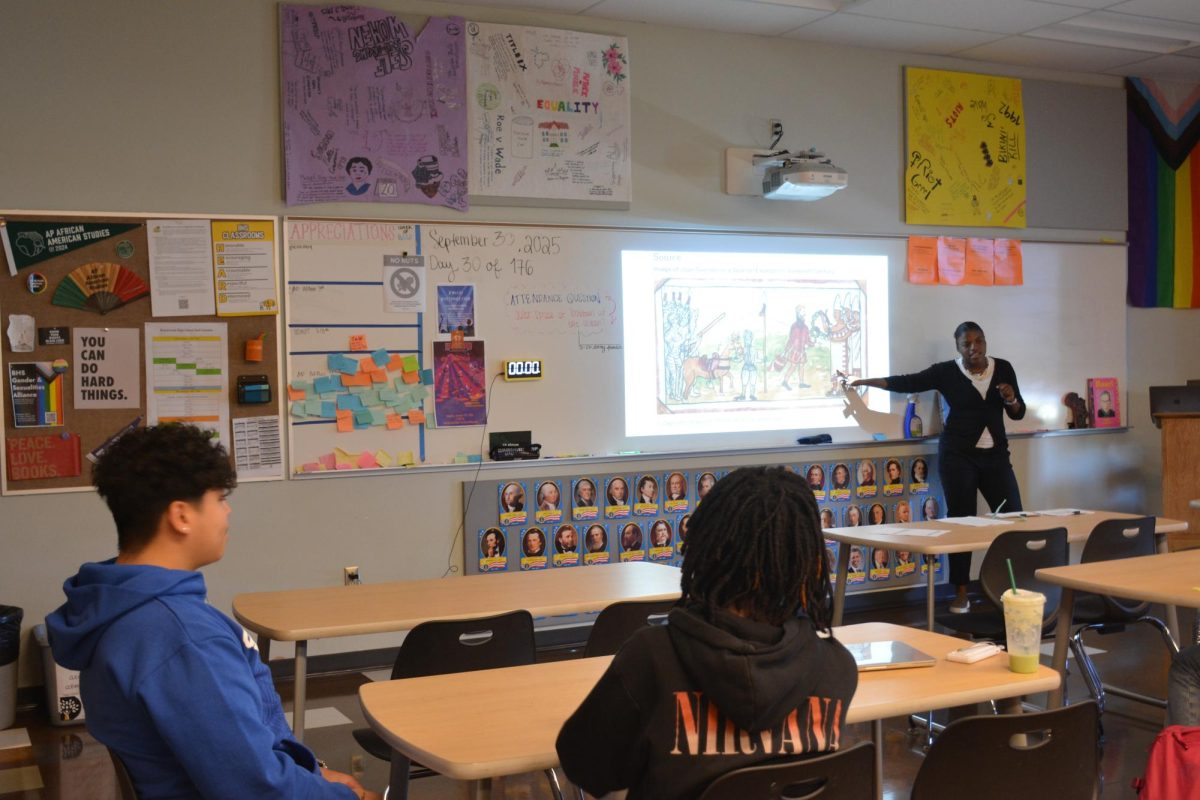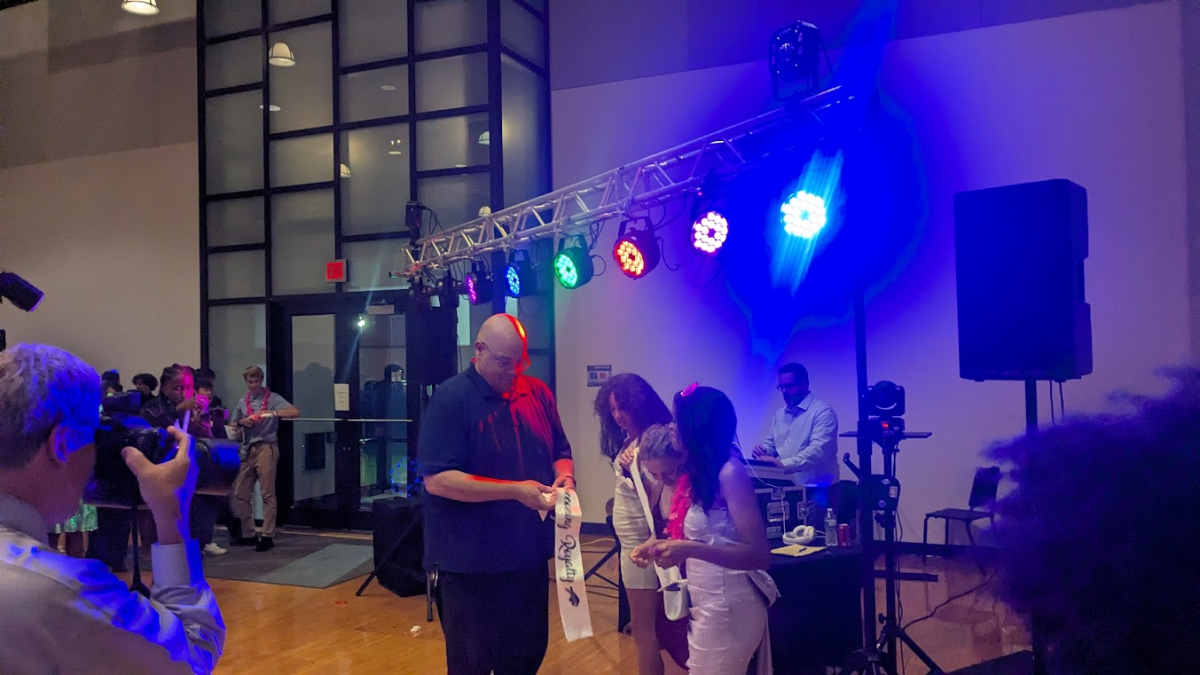Northeast Ohio residents will have a once-in-a-lifetime opportunity on April 8 to experience a total solar eclipse when the moon will pass between the Earth and sun.
The sun will be totally hidden along a path known as the totality, which in the U.S. will stretch from Maine to Texas and will cross a big part of Ohio including Beachwood.
Science teacher Jamie Lader explained the astronomical arrangement that occurs during a solar eclipse.
“[An] eclipse is when the Earth, moon and sun are in perfect alignment,” he said. “This is going to be a solar eclipse. A solar eclipse occurs when the moon is between the sun and Earth…One area can expect a total solar eclipse probably twice a century; so it’s not very common.”
“You would think it occurs more often but it’s actually pretty rare,” said Freshman Nimisha Kasliwal, who competes at the astronomy event in Science Olympiad.
The last time a total solar eclipse was seen in Ohio was in 1806, according to Ohio.gov.
While still rare, partial eclipses occur more frequently. The last partial eclipse in Ohio was in Aug. 2017, when the path of totality swung southeast across the United States, missing Northeast Ohio.
“In 2017 we also had a solar eclipse, but that one was a partial eclipse, like only half of the sun was covered, but this time the whole thing is going to be covered,” Kasliwal said. “It’s just going to be, you know, a black circle.”
The eclipse will begin at 1:59 p.m. and will end at 4:29 p.m. However, the entire sun will only be covered at 3:13 p.m. and will appear that way for about 3 minutes and 49 seconds —this is the prime time for a great view.
“We will see the moon going into totality and coming out of totality,” Lader said. “So we’ll see the moon blocking the sun and the moon will slowly, slowly, slowly block the entire sun and then it will slowly, slowly, slowly stop blocking the entire sun.”
Since the sun will be covered by the moon, the light from the sun will be blocked, causing darkness in the middle of the afternoon.
“So pretty much for [almost] four minutes… It’s going to [look] almost [as] if it were in the middle of the night. It will feel pretty dark,” Lader said.
According to Lader, the umbra—Latin for ‘shadow’—is the zone in which viewers will experience complete darkness. It is essentially the same thing as the path of totality.
Cleveland and Beachwood will be within the path.
“[It] goes for thousands of miles but it’s only about 58 miles wide,” Lader said.
Ohio is one of the fourteen states that will be in the path of totality. This means there will be a lot of people traveling to catch the great view.
According to the Dayton Daily News, there is estimated to be 125,000 to over 500,000 people traveling to Ohio to see the eclipse. This means there will be enormous amounts of traffic throughout the state, making it difficult to drive anywhere.
“It’s possible there will be traffic jams that last up to 13 hours after the eclipse,” the Dayton Daily news reported.
“There’s some uncertainty about what this place is going to be like April 8,” Lader said. “I think that’s part of the reason they canceled school…[people are] in a wait and see mode.”
Not only will the roads be busy, but travelers need places to stay and eat, entertainment, and somewhere to watch the eclipse. The region will be crawling with crowds of people.
“[This eclipse is] going to be a tremendous jaunt for our economy because people might be here in hotels and rental properties,” Lader said.
Weather permitting, Cleveland will also be among a handful of metro areas expecting to see three unique visual effects that occur only during a solar eclipse.
The first of these is the diamond ring effect , in which the sun’s outermost layer, known as the corona, becomes visible and appears to look like a diamond ring. This will occur about ten seconds before and ten seconds after totality.
“It’s the last bit of sunlight and the first bit of sunlight that you’re going to see,” Lader said. “It literally looks like a diamond ring in the sky.”
The second of these is solar prominences. This is when a red plasma shoots to the corona and we see pink curves along the sun. When studied under a telescope with the proper precautions it looks like a curved flame coming out of the edge of the sun.
According to NASA’s website, it is still unknown why these prominences form. However we do know that the fiery red substance is plasma (a hot gas) and that it flows along a tangled and twisted structure of magnetic fields. We can see the prominence when this structure becomes unstable and bursts outward, releasing the red plasma.
“We’re going to see big arches [or fire] on the sun,” Lader said.
Lastly, we will be able to see Baily’s beads. These are visible when the moon passes over the sun and the moon’s ragged edges allow beads of sunlight to shine through, making it appear as if there are glowing pearls on the rim of the moon.
“If you zoom in with a camera [you will see] the sunlight bouncing off the craters of the moon,” Lader said. “You will see little beads on the moon and that’s just the sunlight kind of bouncing off the craters of the moon.”
Lader emphasized that it is extremely important that everyone viewing the eclipse use certified eclipse glasses to protect their retinas from exposure to too much UV radiation.
“Even with those glasses, it’s very dangerous to sit there and stare at it the entire time, you’ve got to take a break,” he said.
An even safer way you can view the eclipse is by pairing a camera with special glasses. That way you never actually look directly into the sun. However, it is still important to use the right lens so as to avoid damaging the camera.
“It’s actually better [that way]because you can watch the whole thing without having to take any breaks,” Lader said.
It is possible to view the eclipse with a telescope, but because the telescope is so precise and condensed, one needs to make sure to have a protective lens to avoid eye damage. NASA advises eclipse watchers to install a solar filter if using a telescope.
The City of Beachwood and the Beachwood City Schools are hosting a free solar eclipse watch party sponsored by Crestmont Cadillac on April 8 from 2:00 to 4:30 p.m. The event, dubbed “the Beachwood Blackout,” will be held at the BHS stadium and will feature snacks, crafts, games, a DJ and a movie truck.
Eclipse viewing glasses will be distributed thanks to Crestmont, but supplies are limited.
Students are excited to experience this once-in-a-lifetime event with their community.
“[This eclipse] is a rare opportunity for families to come together and also good for people to study astronomy,” senior Allen Yu said. “It is a big deal to those who are interested and those who can bring this interest to their loved ones or friends.”
“I personally was excited for it ever since I was in third grade because I like space,” Kasliwal said.
The quality of the experience will depend on having clear weather that day, though, so that students can experience the total solar eclipse in all of its beauty.














